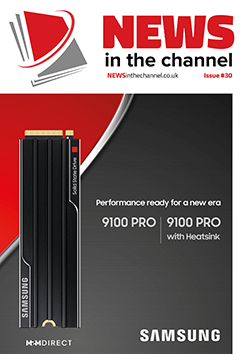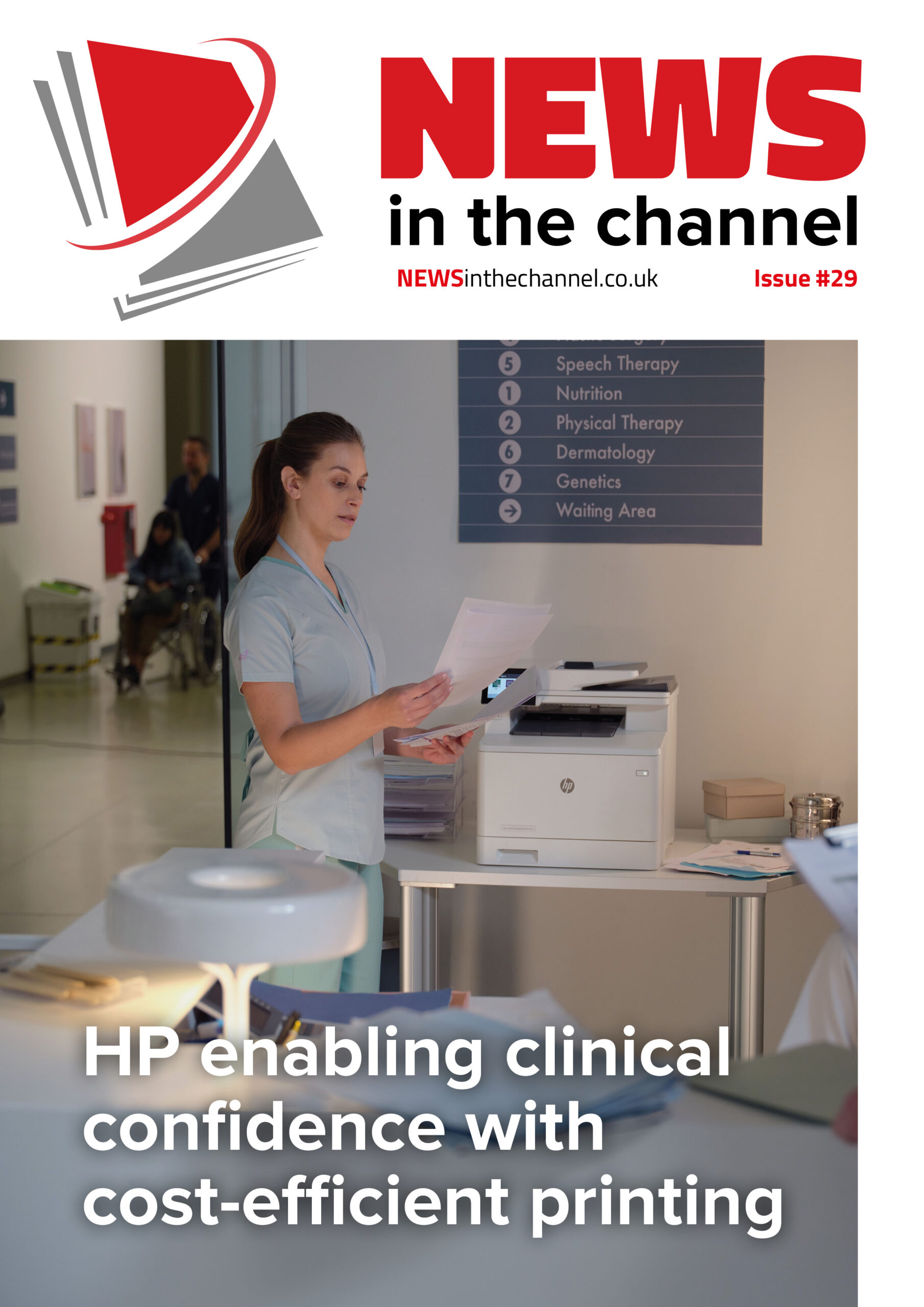All-in-one devices are convenient, but can they be the one-size-fits-all answer for every situation, especially for large rooms?
The global shift towards hybrid work has dramatically impacted the video conferencing market. The market reached $8.1 billion in 2021 and is projected to surge to $19.2 billion by 2028, according to 2023 research from BlueWeave Consulting.
The reason is simple: many teams rarely meet in person anymore, and some never do. Even if most participants are office-based, there is often at least one remote attendee. Similarly, virtual meetings are gradually replacing face-to-face client meetings. As a result, demand for video conferencing and audio-visual (AV) solutions for meeting rooms escalates, prompting technology brands to release new collaboration products compatible with popular UC platforms like Microsoft, Zoom, and Google Meet.
No single company dominates the market, with a variety of technologies available from all-in-one devices designed by renowned IT brands for smaller, simpler spaces to bespoke systems crafted by audio and video specialists tailored for diverse environments, options abound.
Yet, many IT providers continue to default to video bar systems as the catch-all solution for collaboration, neglecting the potential to enhance customer satisfaction and revenue through broader offerings.
Why all-in-one systems aren’t universally applicable
While USB video conferencing systems provide convenience and reliability in straightforward meeting spaces, issues arise when deployed beyond their intended application. Most video bars are unsuitable for larger or acoustically complex rooms, leading to compromised audio experiences. Participants might have difficulty hearing each other clearly, voices can sound distant or muffled, and background noise might become a distraction.
A mismatch between room requirements and system capabilities can lead to user frustration, lost productivity, and ultimately harm trust in the recommending IT service provider.
Tapping into the AV market potential
The video conferencing market is booming, driven by an increased reliance on cloud computing services, creating an opportunity for the IT channel to step into the void with offers of advanced AV solutions.
Resellers can benefit by addressing gaps in their solution offerings, especially for large collaboration spaces where all-in-one systems may not suffice. Choosing to incorporate more sophisticated systems from audio specialists to enhance unified communications (UC) offerings can help deliver optimal solutions tailored to client-specific needs and budgets.
Similarly, for IT service providers seeking differentiation through AI-enabled collaboration workflows, advanced audio solutions are an integral part of UC portfolios. High-quality audio enables accurate real-time transcription, automated note-taking, and intelligent meeting summaries – capabilities increasingly expected in hybrid workspaces.
Companies like Shure can play a crucial role by providing MSPs and clients with certified, complete collaboration solutions and audio expansion systems that deliver quality conferencing experiences suited to varied spaces and user requirements.
Professional audio solutions tailored to every need
Shure has the most comprehensive portfolio of audio-first collaboration solutions from a single vendor, and we provide channel partners and customers with seamless integration and address the need for high quality, ease of use, and scalability in modern collaboration systems.
The Shure IntelliMix™ Room Kits, for example, provides a one-stop, certified solution for Microsoft Teams Rooms of various sizes, featuring a Windows 11 compute with pre-installed Shure IntelliMix® Room DSP, an intuitive touch panel, superior MXA902 Ceiling Array Microphone + Loudspeaker, and intelligent Huddly camera solutions. Four curated kit options are available in ready-to-use packages, designed to cater for differing room sizes. With a familiar networked setup processes and zero-touch provisioning, the kits simplify the deployment process for IT professionals without requiring specialized expertise to achieve premium audiovisual experiences.
A case study by FORTÉ showcases the benefits.
“The Shure IntelliMix Room Kit has everything needed for a complete Microsoft Teams Room setup. It installs cleanly, sets up fast with minimal configuration, and delivers great audio, which is important for Microsoft Copilot, transcription, meeting notes, and live translation to work effectively.” – Jack Manansala, FORTÉ.
Additionally, the compute and touch panel found in the IntelliMix Room kits are also available as a dedicated, certified Teams Rooms kit – the IntelliMix Foundation System – which can be flexibly combined with Shure’s Microflex® Ecosystem portfolio of conferencing audio solutions and third party cameras. This empowers skilled integrators to offer customized solutions for specific room and client needs with ease.
Leveraging Shure’s extensive network of technology partnerships with IT industry giants, the Shure Microflex Ecosystem-series microphones, DSPs and loudspeakers can also be easily integrated with existing video and UC systems from the likes of Cisco, Logitech, Poly and others to augment the performance of these systems in larger spaces.
Shure’s collaboration solutions provide extensive configurability, scalable to various room sizes and usage contexts depending on the needs of the users. This enables channel partners and customers to customize collaboration spaces room-by-room to deliver the best results, ensuring lowered total cost of ownership and investment protection through adaptability and upgradeability.
Conclusion
Advanced audiovisual solutions present a lucrative prospect for IT providers to expand UC service portfolios, enhance client satisfaction, and increase profitability. By partnering with AV leaders for synergistic solutions, IT partners can position themselves at the forefront of workplace innovation.
Visit www.shure.com/collaboration to learn more about Shure’s advanced audio-first solutions.











